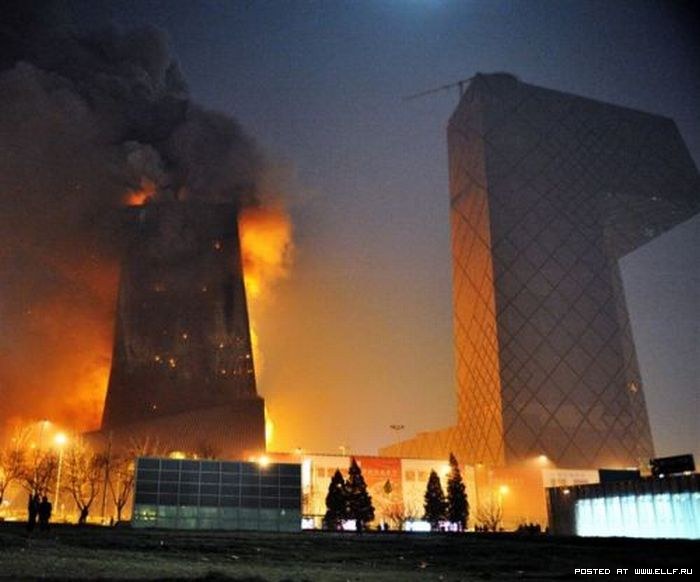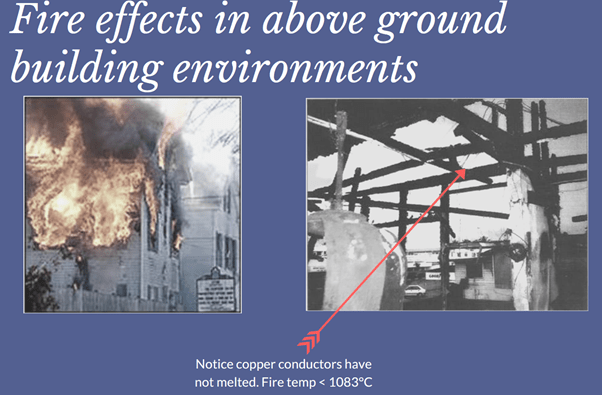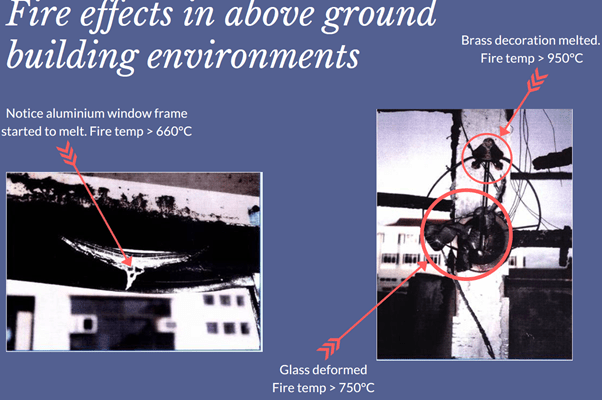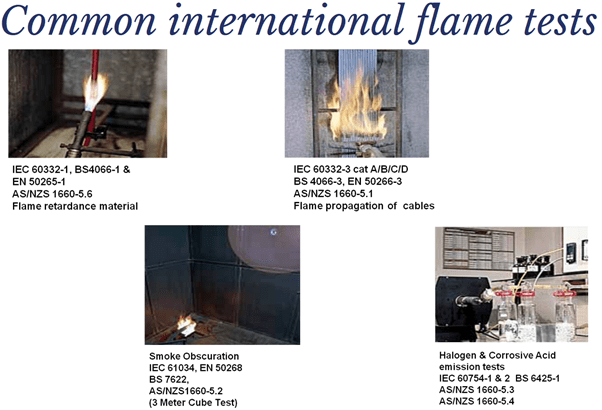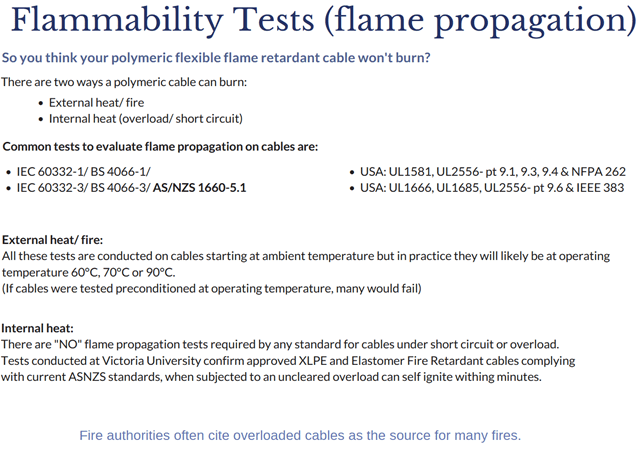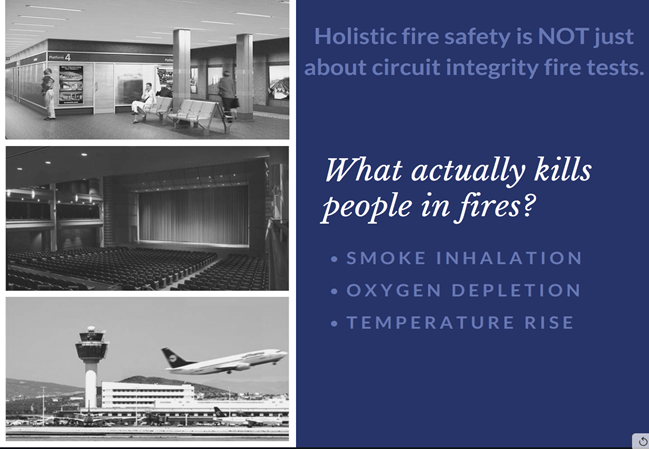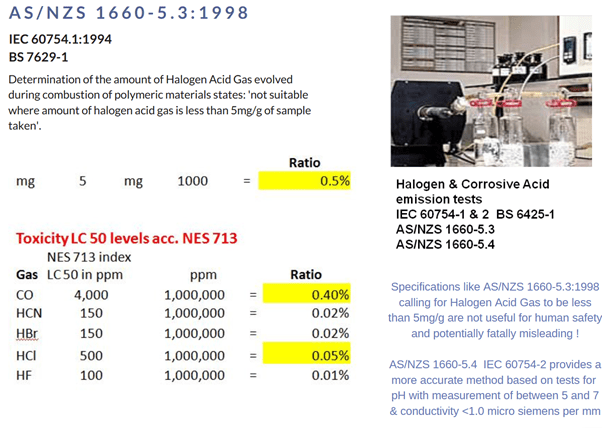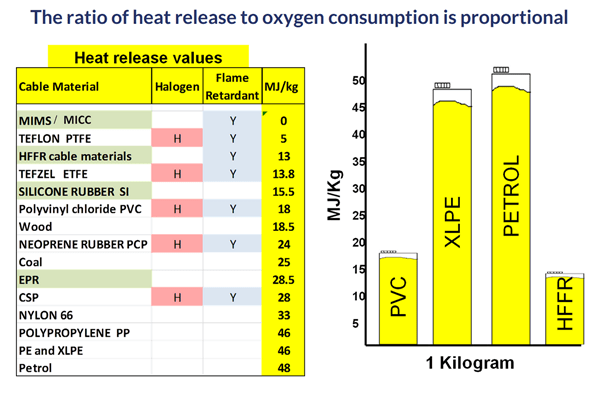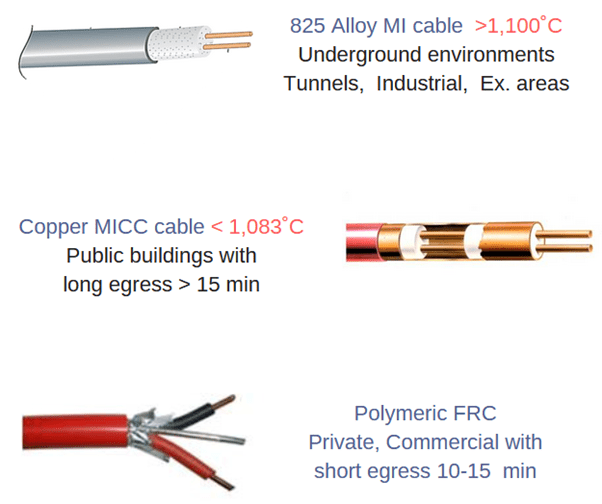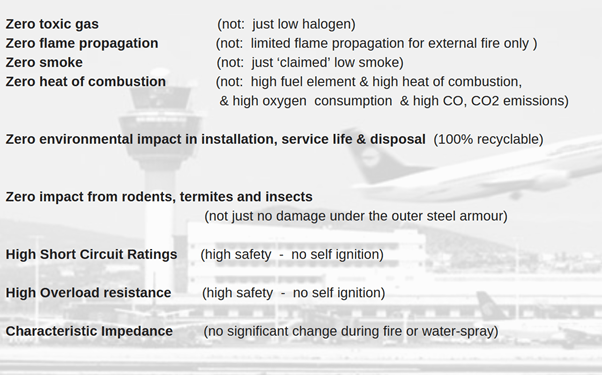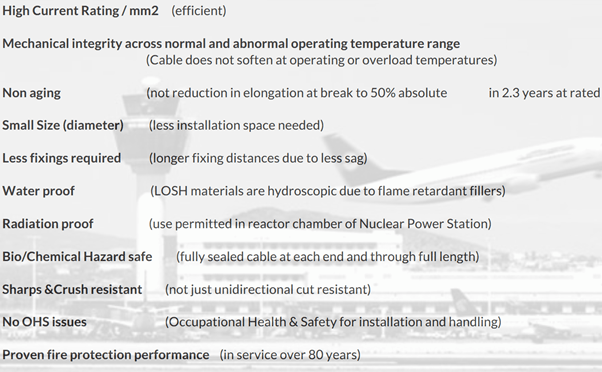Do you know the facts about Fire Safe Wiring Systems?
Do you know the facts about Fire Safe Wiring Systems?
Synopsis: Evolution of protocols for testing fire safety electrical cables has led to an important divergence between fire performance provided by electrical cables and fire performance expected and needed.
The understanding amongst most specifiers, sellers, installers, and users of fire safety cable is that the products they buy, and use will provide a level of fire performance in real emergency conditions commensurate with the performance implied by the testing procedure.
Unfortunately, unless exposed to the same fire conditions as in testing, this is unlikely to be the case.
Cables are installed by many different trades for many different applications. What is not often realised is that the many miles of cables and many tons of plastic polymers which make up the cable insulation and jacketing represent one of the biggest fire loads (fuel source) in the building.
Fire safety for wiring systems has two parts:
Fire Resistance (wiring system): Electrical circuit integrity
- Life Safety systems
- Fire Fighting Systems
Fire Performance (materials): Flame and Fire Propagation Smoke
- Heat of combustion
- Oxygen depletion
Toxic Emissions
- Halogens = HCI, HBr, HF
- Non-Halogens = CO, CO2, HCN
Flammable Gas Emissions
- Ethane Propane
What is a Fire?
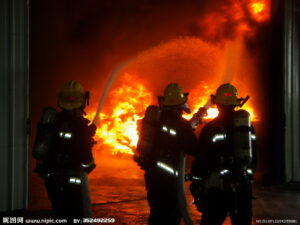
- A fuel source
- Air (Oxygen)
It should be remembered that anything will burn if you get it hot enough, so initial/ambient temperature is critical.
In a building or installation, we generally consider two types of fuel/fie loads:
- The fixed fire load
- The temporary fire load
The fixed fire load is the building itself and all component parts and system needed to make it work. This includes installed cables, conduits, ceilings, walls, floor, and fittings. (Often polymeric cables can represent the biggest fixed fire load in many installations.
The temporary fire load is what people bring into the building. This includes furniture, computers, curtains etc. for shops, this includes merchandise, decorations and more.
Holistic fire safety is NOT just about circuit integrity fire tests.
THE LOW SMOKE MYTH. Many polymeric cable manufacturers claim the polymers they use for insulation and jackets are low smoke. They often justify this by claiming compliance to various tests.
All smoke obstruction tests are dependant on a specific sample weight of cable burned in a specific room/air volume.
These results are simply material tests not predictive end use simulation. (Smoke generation is often greater on high heating before flame and is directly related to amounts of material burnt). It is ridiculous and highly misleading to assume light transmittance (visibility) in your application will be acceptable or that speed and safety of egress will be enhanced.
THE HALOGEN MYTH. Halogens are Bromine, Chlorine, Fluorine as well as Astatine and Iodine. The first three are commonly used in electric insulation s flame retardants.
Whilst highly toxic when combined with hydrogen as halides:
HBr, HCI, HF gases are rather more immediately dangerous as irritants when the gases condense with moisture in the eyes, throat, and lungs.
In such cases, the acid effect is highly debilitating and can significantly hinder evacuation.
Toxic effects of halogens can also be lethal, but the time is dependent on concentration, absorption, and physical size.
HOW DO WE ELIMINATE THE RISK?
Smoke: Cables which emit NO smoke will provide significantly improved evacuation speed and save lives.
Temperature rise and Oxygen depletion: Cables with NO calorific value which have a ZERO heat of combustion per Kg will eat NO oxygen and generate NO heat.
Toxic and irritant gasses: Cables with NO organic content, NO calorific values and are Halogen free will generate NO toxic or irritant gases at all including Carbon Monoxide and Hydrogen Cyanide.
(Statistically, CO is responsible for more than 90% of toxicity death in fires).
So, what if I choose to install my cables in Steel conduits? (Not fire-resistant cables because of the zinc effect)
This will certainly help localised flame spread because inside the conduit oxygen is limited; however, this is not a solution. The smoke and many of the gases from the decomposing polymeric insulations inside the conduits are highly flammable.
These gases will migrate along the conduits to junction boxes, switch panels, distribution boards, motor control centres, lamp, switches, fire alarm panels and the like.
On entering these, the gases can be ignited by any arcing such as the make/break of a circuit breaker, contractor, switch, or relay. The gases can ignite or even explode causing the fire to spread to another location.
What does this all mean?
To achieve Fire Safety, we must first use cables which will be guaranteed to perform the required function under the expected conditions to do this they must be made from the right materials and installed the right way.
Our built environments are getting bigger and more complex, we move to more underground, high rise, or more complex environments, fire scenarios are known to be more severe and often evacuation times get longer.
What does this mean for us?
So, we know a bit more about fire safety as it relates to electric cables and wiring systems- What do we do now?
It is easy to justify decisions to specify or purchase cables based only on a minimum standard and cheapest price.
What we must do with our better understanding of the real fire performance given by different wiring system technology, is relate this to what real fire performance the application, end customer and public might need.
The Economic Factor:
Does it cost more to install MICC cables?
- MICC cables installed cost is not much more expensive: normally 25% to 30%. No conduit required (no zinc), Less fixing, Lifetime/ total cost of ownership. ESR (earth sheath return) system can be employed.
- Full installation training in classroom and on site is provided can be arranged.
Polymeric Fire-resistant cables. 30 years ago, we all used MICC cable but over the past years we have assumed polymeric fire performance cables are equal.
- Polymeric cables do NOT provide equal performance to MICC technology,
- This does not mean polymeric fire safety cables should not be used, simply that they should be used where the performance they provide is aligned to the level of protection they provide.
MICC Cable features vs. Polymeric FR cable
Pyrosales’ engineers have over 40 years’ experience producing specialised solutions for any temperature applications. We work in partnership with MICC group to supply fire rated cable, accessories, and tools to install products.

